Beneath the surface of modern farms, an invisible revolution is taking place. Soil moisture monitoring systems have evolved from simple probe measurements to sophisticated three-dimensional sensing networks that map the rhizosphere with unprecedented resolution. These underground IoT arrays are transforming how we understand water movement in crops, delivering real-time data that challenges decades-old irrigation assumptions.
Unlike traditional single-point sensors that provide limited snapshots, next-generation systems deploy distributed nodes at multiple soil depths and horizontal positions. This creates a dynamic moisture matrix that reveals how water actually permeates through different soil strata. Farmers in California's Central Valley have discovered surprising vertical moisture gradients - with some fields showing 40% variation between surface and root zone saturation levels.
The hardware breakthrough comes from ruggedized, self-calibrating sensors that can operate for years without maintenance. German engineering firm Sensoterra has developed pencil-sized probes with graphene-enhanced electrodes that resist mineral buildup. Meanwhile, Israeli startup SupPlant combines underground sensors with canopy monitors, creating a complete plant stress profile that triggers irrigation only when both soil and plant indicators align.
Data transmission presents unique challenges in subterranean environments. Purdue University researchers have pioneered low-frequency electromagnetic waves that propagate through soil better than standard radio signals. Their "dirt-compatible" communication protocol allows sensor clusters spaced 50 meters apart to relay information without aboveground repeaters. This eliminates the need for extensive trenching or aerial cabling that disrupts field operations.
Perhaps the most transformative aspect lies in the analytics layer. Machine learning models trained on 3D moisture data can now predict water movement patterns based on soil composition, crop type, and weather forecasts. In Australian wheat fields, these algorithms have reduced water usage by 22% while increasing yields, simply by optimizing irrigation timing to match the root system's actual absorption capacity rather than following predetermined schedules.
The implications extend beyond individual farms. Watershed-scale sensor networks are mapping aquifer recharge rates in India's Punjab region, where decades of over-irrigation have caused severe groundwater depletion. By correlating soil moisture data with satellite imagery, hydrologists can now pinpoint which farming practices contribute most to water table declines - enabling targeted policy interventions.
As climate change alters precipitation patterns, these underground intelligence systems are becoming essential infrastructure. Drought-stricken regions like Southern Europe are mandating soil moisture monitoring in all commercial orchards. The EU's Digital Farming Initiative provides subsidies for sensor networks that demonstrate verifiable water savings. What began as a precision agriculture tool is rapidly evolving into a critical resource management platform.
The next frontier involves integrating root activity sensors that measure actual water uptake rather than just soil moisture. Early prototypes using bioimpedance tomography can track how different root segments absorb nutrients and moisture throughout daily cycles. This biological layer of data promises to unlock plant-level water use efficiency that could reshape global irrigation practices.
From Kansas cornfields to Kenyan tea plantations, the quiet proliferation of soil sensing networks marks a fundamental shift in humanity's relationship with the land. By making the invisible visible, these technologies are helping farmers navigate an era of water scarcity while maintaining food security. The roots of agricultural resilience, it turns out, lie in understanding what happens beneath our feet.
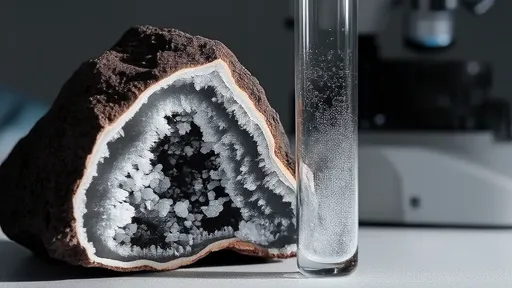
By /Jul 18, 2025

By /Jul 18, 2025

By /Jul 18, 2025

By /Jul 18, 2025

By /Jul 18, 2025
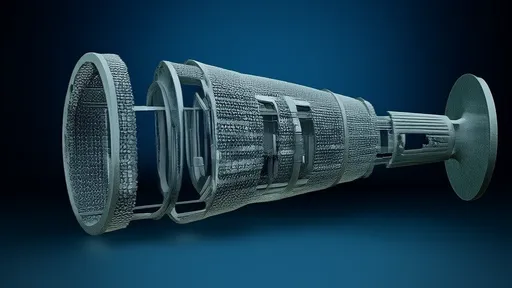
By /Jul 18, 2025

By /Jul 18, 2025

By /Jul 18, 2025
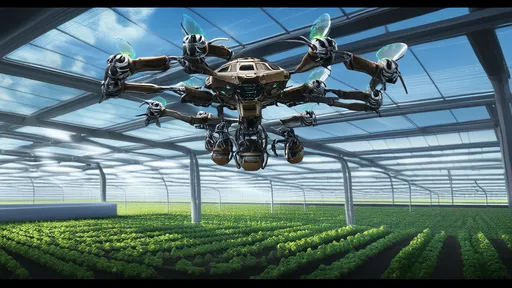
By /Jul 18, 2025
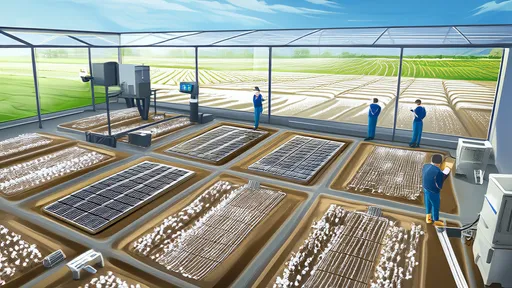
By /Jul 18, 2025
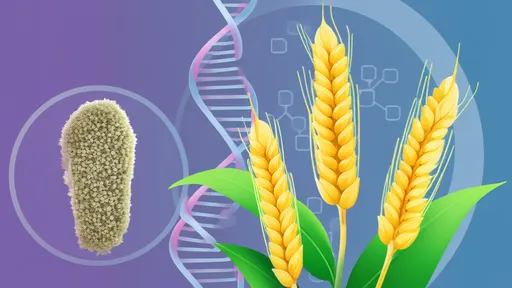
By /Jul 18, 2025
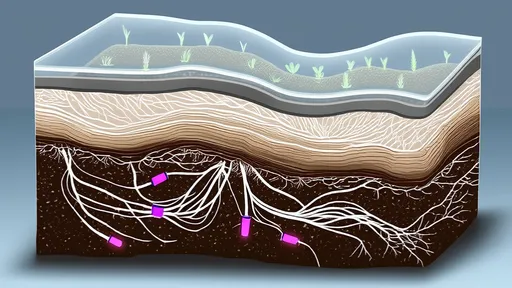
By /Jul 18, 2025
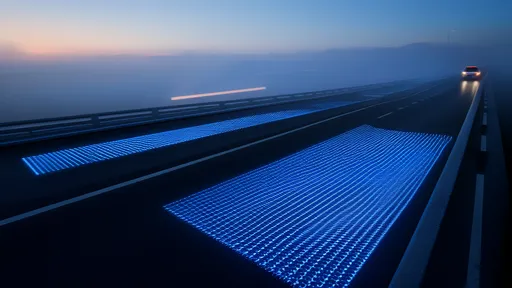
By /Jul 18, 2025

By /Jul 18, 2025
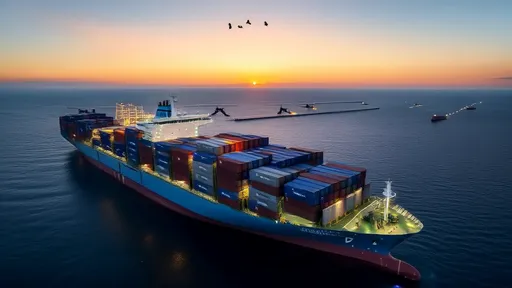
By /Jul 18, 2025

By /Jul 18, 2025
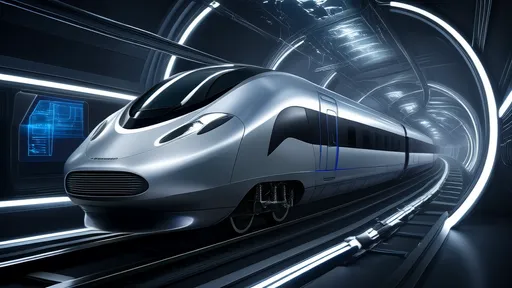
By /Jul 18, 2025
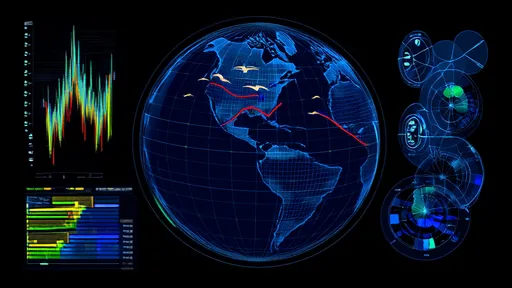
By /Jul 18, 2025